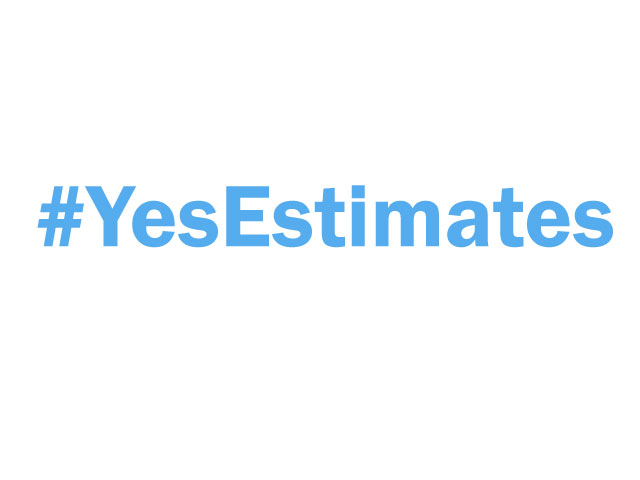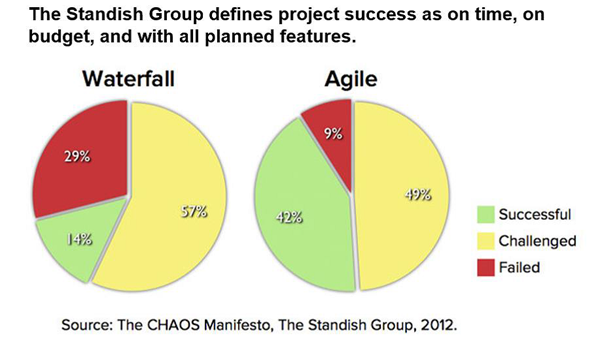Vendor Management Is a Two Way Street

Managing vendors has become increasingly important in recent years. In my account management role at QSM, I see both sides of the vendor management relationship. The client wants a proven vendor that will partner with them in achieving their IT goals; and the vendor wants to win that business, employ their workers, and hopefully earn more work. Unfortunately, that state of client/vendor Zen is not often achieved, usually due to legitimate (and sometimes not) misunderstandings on both sides.
On the client side, they are concerned with selecting a vendor with whom they are confident their tasks and deliverables will be achieved on time, within budget, and of the best possible quality. After a round of RFI’s, then RFQ’s, then a final down select process, the vendor is chosen and work begins. Often, at least in my experience, the overriding decision criteria comes down to cost, which makes sense, to a degree. But in many cases, cheapest, I mean, least expensive bids often rule the day. This kind of decision-making comes with its own set of risks; the most obvious is you get what you pay for and it’s often an ill-prepared vendor.


 Recently a friend of mine sent me a link to a
Recently a friend of mine sent me a link to a  Recently the correlation between seeking the best gasoline prices and
Recently the correlation between seeking the best gasoline prices and 